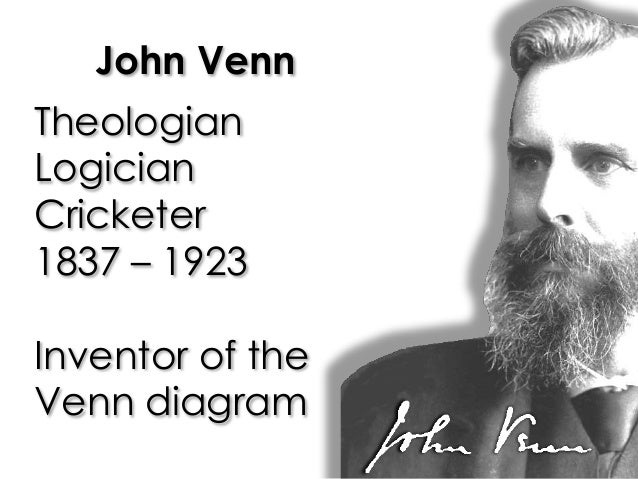DEFINITION
Venn diagram


A Venn diagram (also called primary diagram, set diagram or logic diagram) is a diagram that shows all possible logical relations between a finite collection of different sets. A Venn diagram consists of multiple overlapping closed curves, usually circles, each representing a set. A Venn diagram is an illustration of the relationships between and among sets, groups of objects that share something in common. Usually, Venn diagrams are used to depict set intersections (denoted by an upside-down letter U). This type of diagram is used in scientific and engineering presentations, in theoretical mathematics, in computer applications, and in statistics.
The drawing is an example of a Venn diagram that shows the relationship among three overlapping sets X, Y, and Z. The intersection relation is defined as the equivalent of the logic AND. An element is a member of the intersection of two sets if and only if that element is a member of both sets. Venn diagrams are generally drawn within a large rectangle that denotes the universe, the set of all elements under consideration.





0 Comments